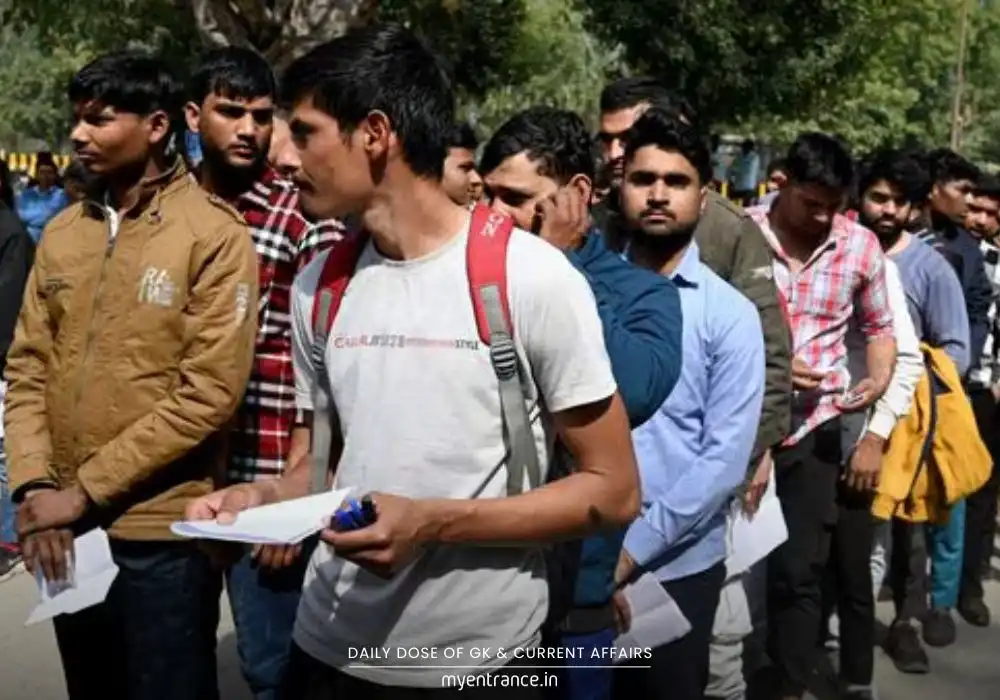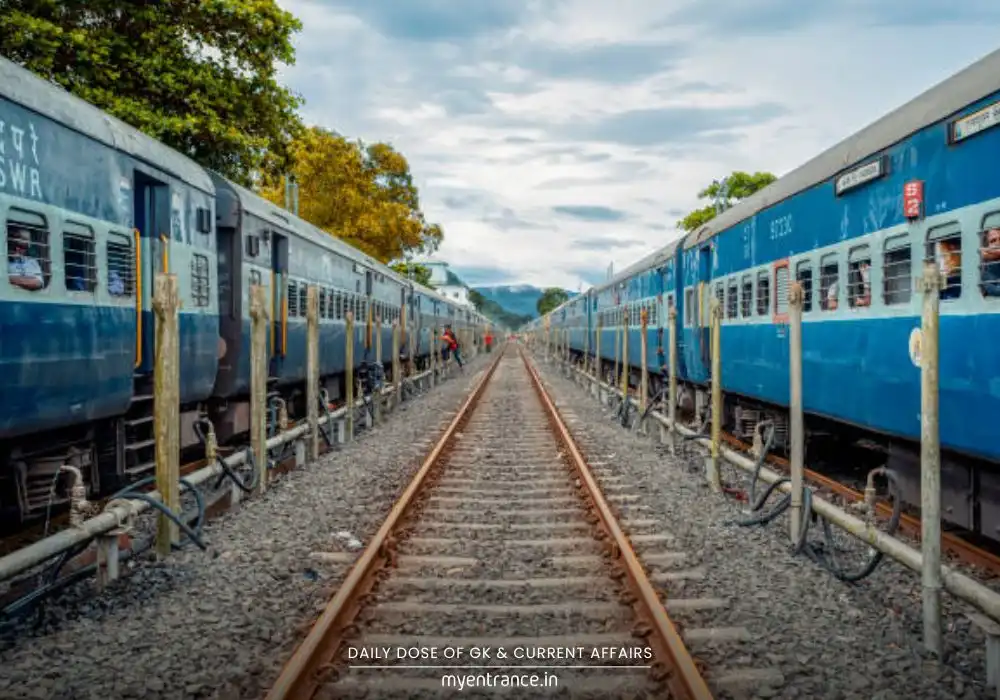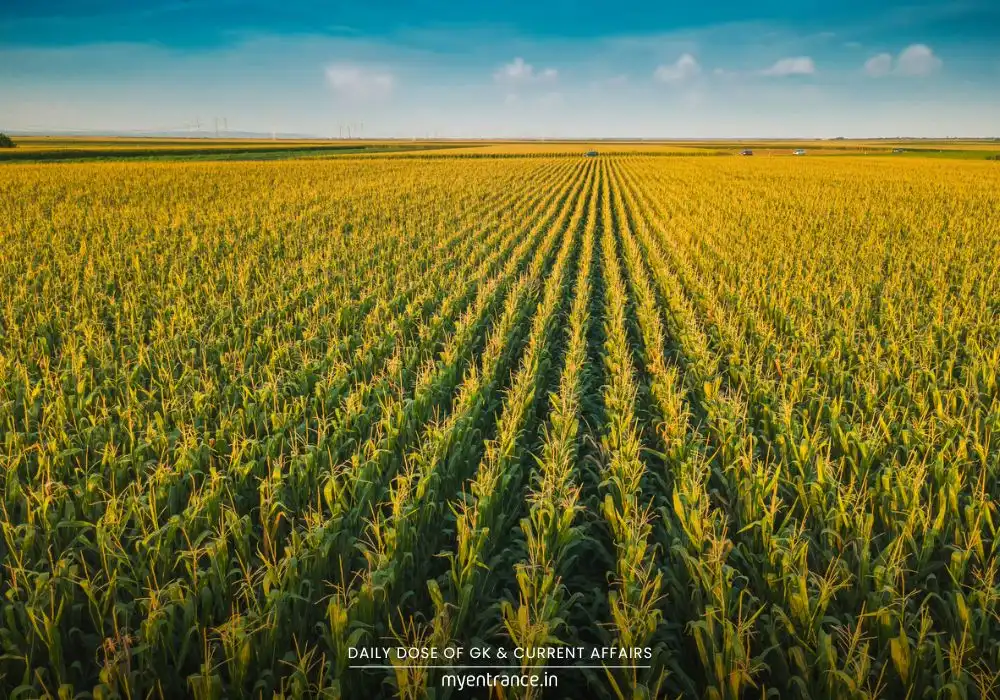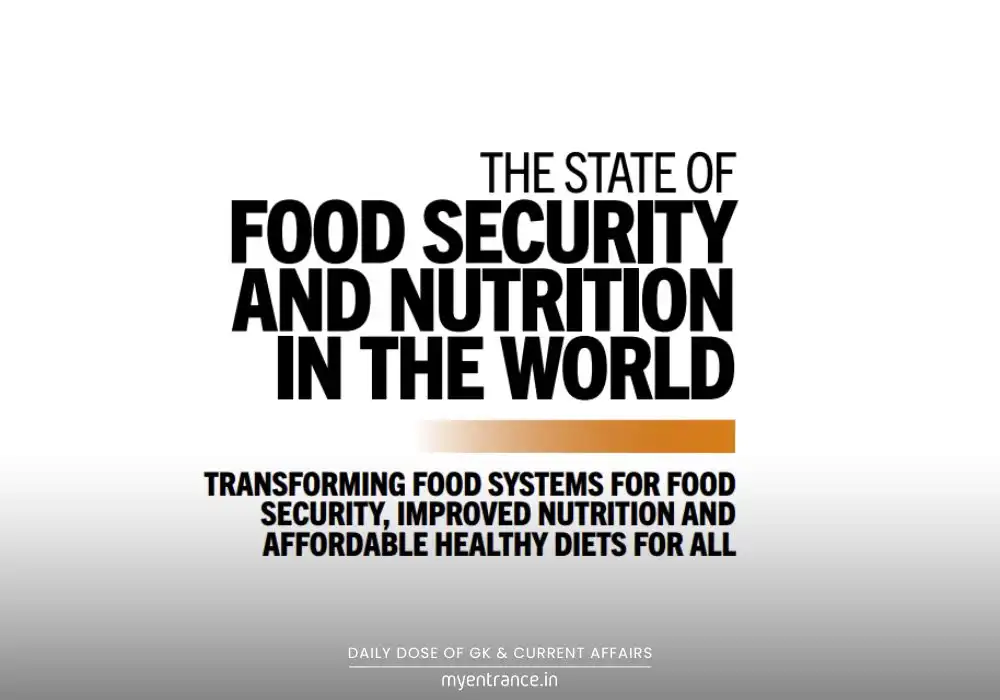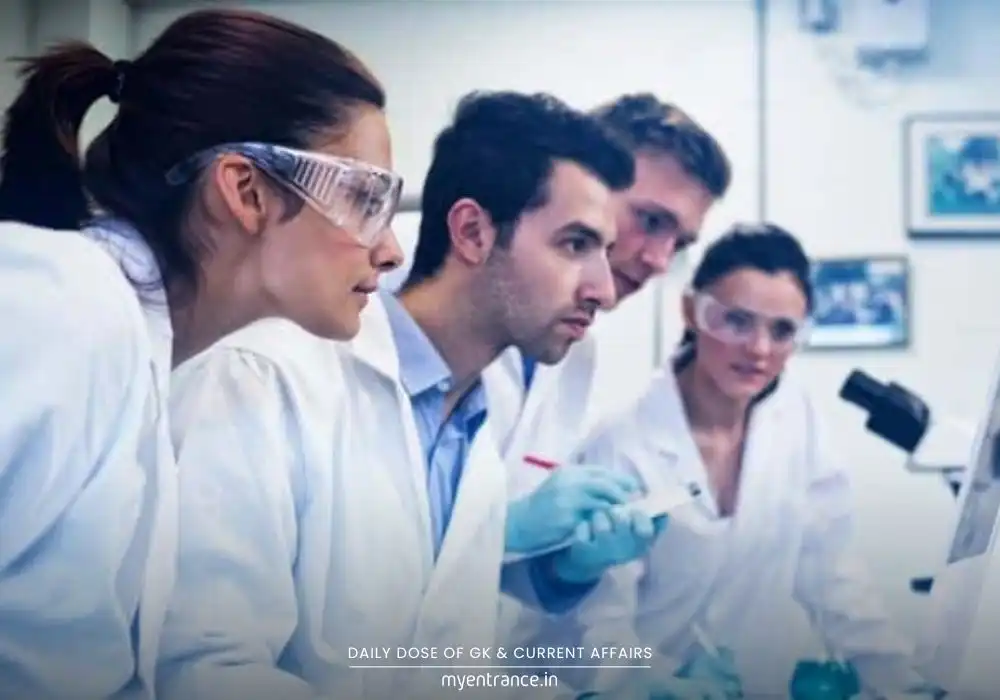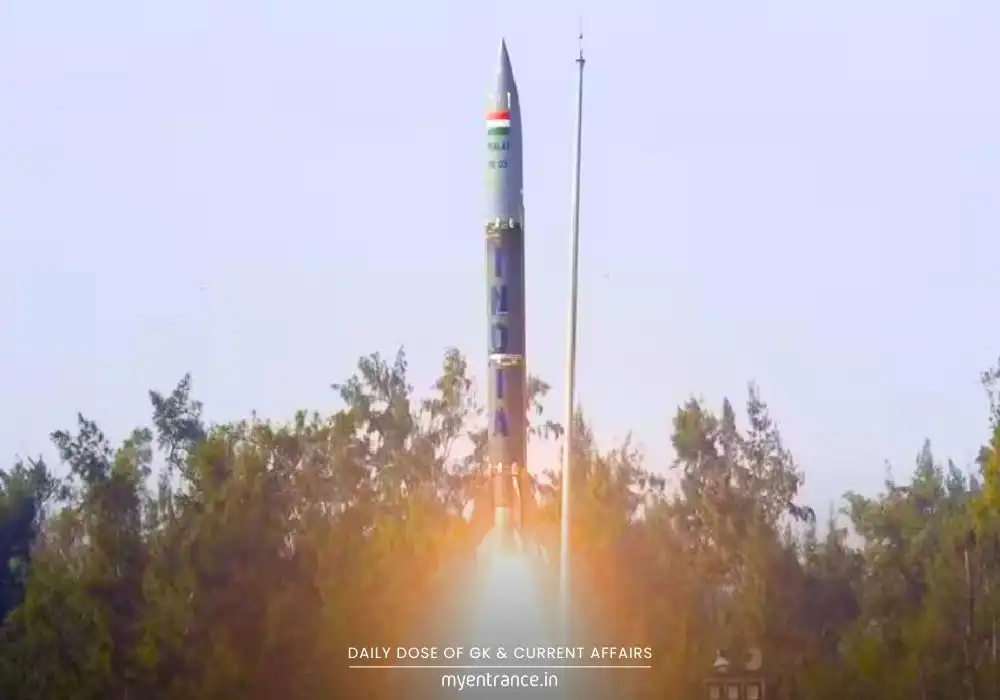Select Language
Can India’s First PLA Biopolymer Revolutionize Sustainable Manufacturing?
India is taking a giant leap towards sustainable manufacturing with Balrampur Bioyug, the country’s first industrial-scale PLA (Polylactic Acid) biopolymer brand. Developed by Balrampur Chini Mills Ltd (BCML), this initiative promises an eco-friendly alternative to traditional plastics while boosting the sugarcane economy.
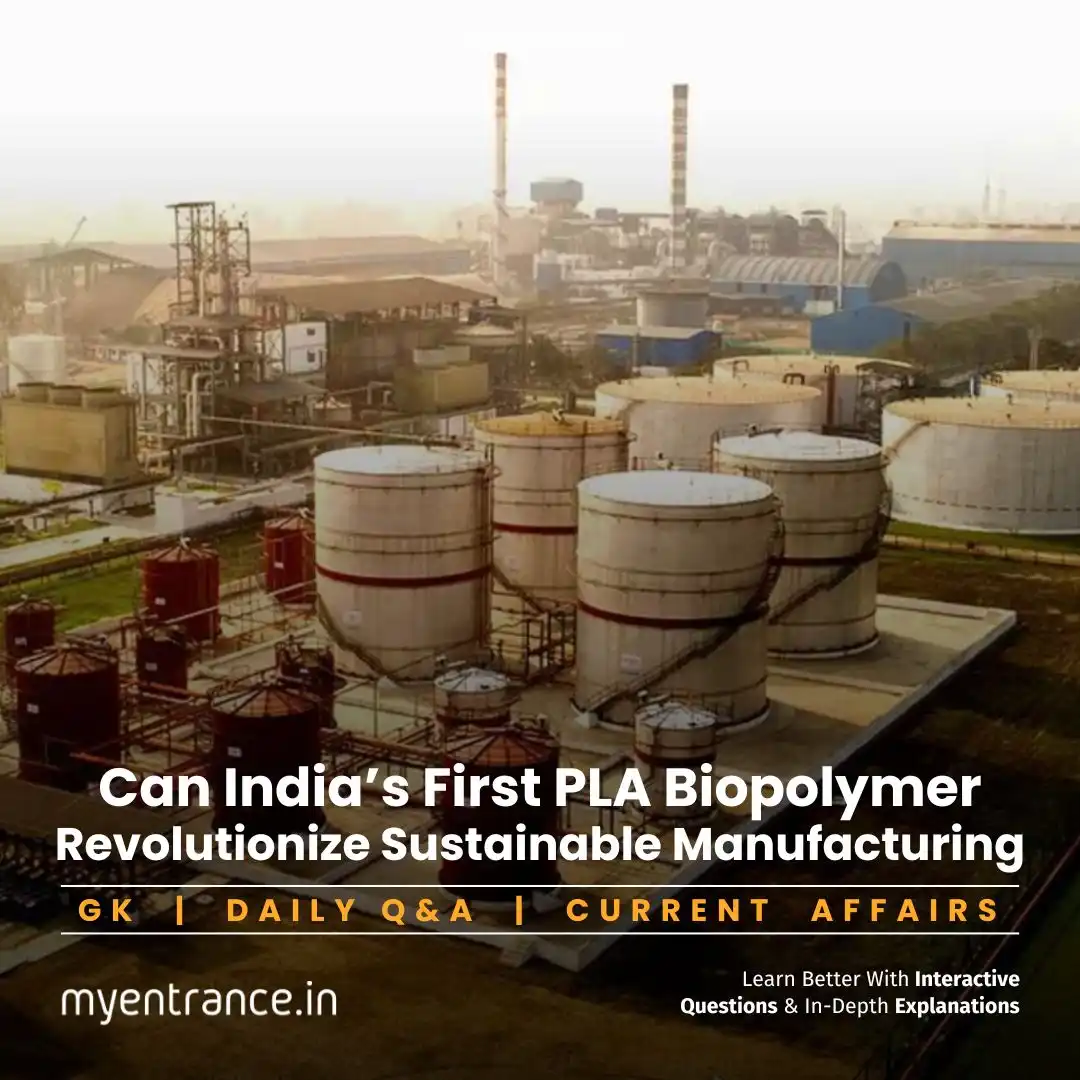
Why is This Important for Competitive Exams?
Environmental Awareness: Questions on sustainable alternatives like PLA biopolymers are common in UPSC, SSC, and state PSC exams.
Government Schemes: Ties into Atmanirbhar Bharat, BioE3 Policy, and Viksit Bharat—key topics for competitive exams.
Agricultural Linkage: Understanding how sugarcane byproducts contribute to green manufacturing is crucial for NID, NIFT, and design entrance exams.
Innovation & Technology: PLA bioplastics represent cutting-edge biotechnology and material science, relevant for engineering and design exams.
Key Highlights of Balrampur Bioyug
India’s First Fully Integrated PLA Plant
Investment: ₹2,850 crore phased project.
Location: Kumbhi, Uttar Pradesh (adjacent to BCML’s sugar mill).
Production Capacity: 80,000 tonnes of PLA annually.
Eco-Friendly & Compostable
Made from sugarcane derivatives, reducing fossil fuel dependency.
68% lower CO₂ emissions compared to conventional plastics.
Fully compostable, aligning with global sustainability goals.
Applications Across Industries
Food packaging (trays, cups, cutlery).
Biomedical, textiles, and 3D printing.
Alternative to single-use plastics.
Empowering Farmers
Creates new revenue streams for sugarcane farmers.
Integrates rural India into the global bioplastics supply chain.
Supports National Green Initiatives
Aligns with BioE3 Policy & Bioplastic Mission.
Contributes to India’s Net Zero 2070 target.
Sample Questions & Answers for Competitive Exams
Q1. What is the significance of Balrampur Bioyug in India’s sustainability efforts?
Ans: It is India’s first industrial-scale PLA biopolymer plant, reducing fossil-fuel plastic dependency while promoting sugarcane-based green manufacturing.
Q2. How does PLA biopolymer benefit the environment?
Ans: PLA is 100% compostable, emits 68% less CO₂, and is derived from renewable sugarcane, making it an eco-friendly plastic alternative.
Q3. Where is India’s first PLA manufacturing plant located?
Ans: Kumbhi, Uttar Pradesh, adjacent to BCML’s sugar mill.
Q4. How does Bioyug support Indian farmers?
Ans: It creates new income opportunities by converting sugarcane byproducts into high-value bioplastics, integrating farmers into the circular economy.
Q5. Name two government initiatives aligned with Bioyug’s mission.
Ans: Atmanirbhar Bharat and BioE3 Policy support domestic bioplastic production and sustainable manufacturing.
Get 3 Months Free Access for SSC, PSC, NIFT & NID
Boost your exam prep!
Use offer code WELCOME28 to get 3 months free subscription. Start preparing today!
